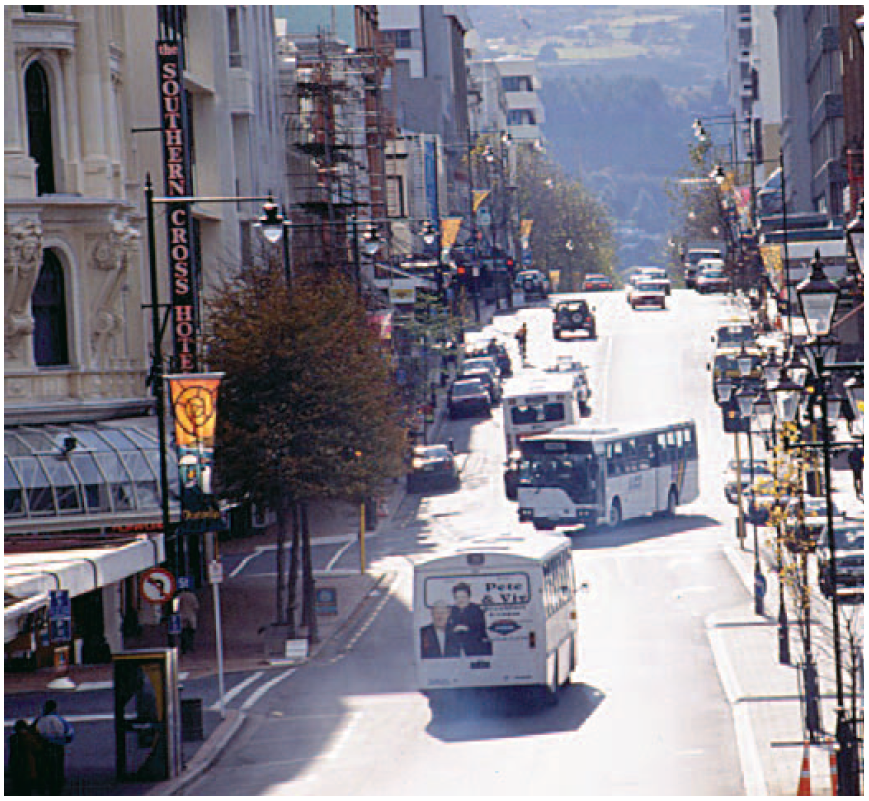Why run the bus if there are limited passengers?
Why not run smaller-sized buses?
What goes up must come down
The old saying "what goes up must come down" also applies, in principle, to the bus service. Each bus that services one direction of the route must also service the other. Depending on the time of the day, there'll be a lot more people heading in one direction – especially in the morning and afternoon peaks.
For example, a bus that is heading towards the city in the morning might be busy with people heading to work. Once the bus reaches the city, these passengers will get off. The bus then heads back away from the city to where it started. This part of the route may have limited passengers, with not too many people wanting to head from the city to outer suburbs first thing in the morning.

So why not have smaller buses?
In theory, smaller buses may seem like a potential solution, and we sometimes have people suggesting that these could be used outside peak times.
Effectively, this would mean a doubling of fleet for our operators. At the busiest times of the day, the capacity of larger buses is needed and all but back-up vehicles are out on the road.
We know that public transport use is increasing, with passenger trip numbers for this year to date in Dunedin up 11% compared with the same period last year. Improvements to the bus service, such as last year's increases in number of services, and the bus hub, are geared towards growing passenger numbers further. The legislative framework sees us needing to plan fleet capacity 9-12 years ahead – and during that time we can expect to see more people on the bus.
What about electric buses?
Electric buses are very much on our radar - we'll be keeping an eye on this technology as it evolves. In the future, when the technology is affordable and fit for purpose, there's every chance we will move towards electric vehicles.
